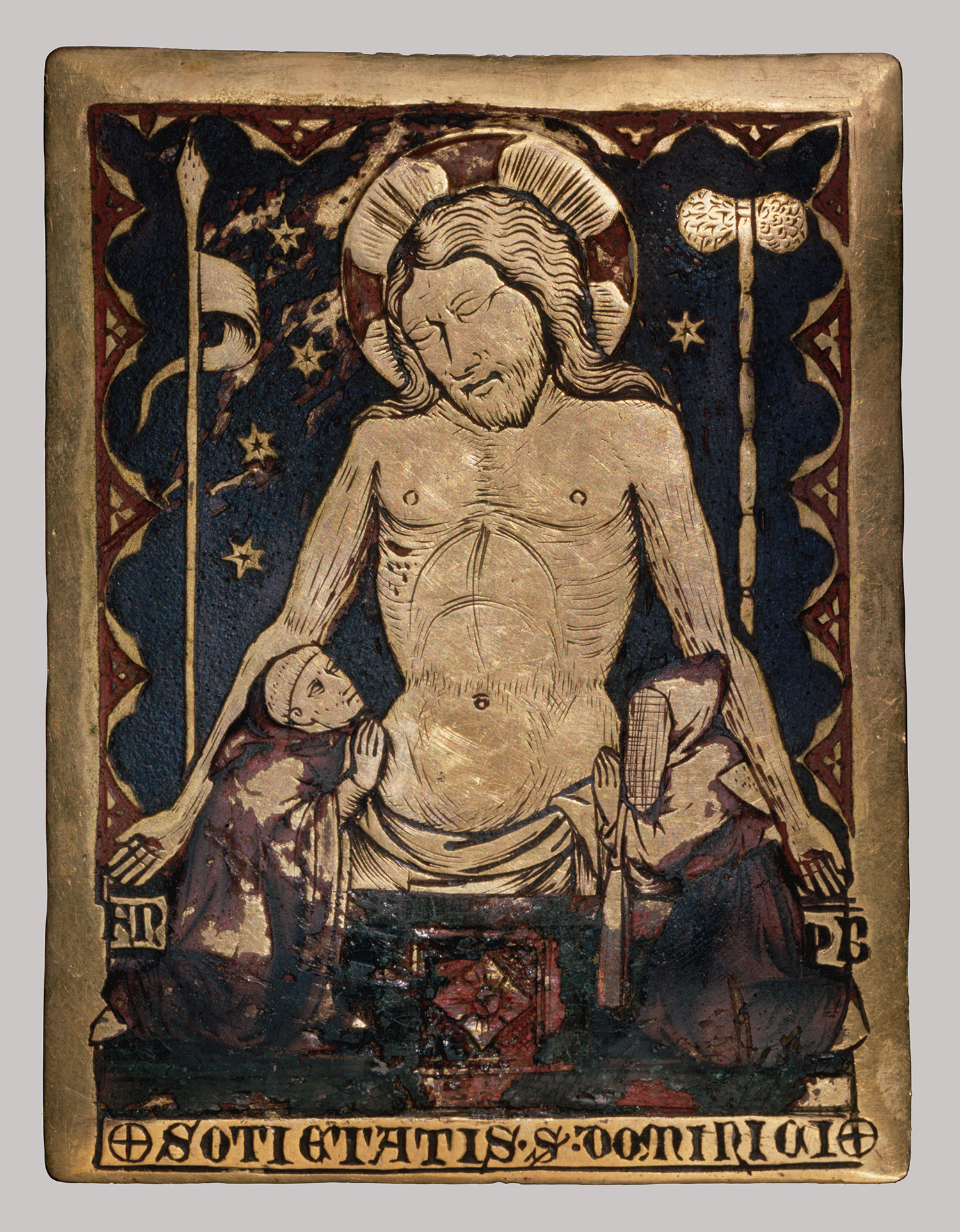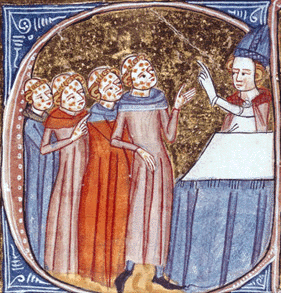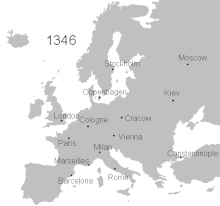According to a recent study, women today are less happy than they were 40 years ago, and are less happy than men.
 |
| Official Happiness Meter, courtesy of the Carebears. |
This study by "economists Betsey Stevenson and Justin Wolfers... indicates that across race, marriage status, economic bracket, and even country, women's subjective experience of being happy has declined both absolutely and in relation to men."
Putting aside the fact that economists decided this, and not someone who is actually trained in handling human emotion, this is sobering news. With all our liberation and freedom, how can the happiness levels of women be less than in the 1960s?
And what do men have to be so happy about?
 |
| Fair enough. |
Religious folks will tell you that all this liberation has taken women away from our purpose in life, which is to care for the home and hearth while the man is at work. We should have a couple of babies (more than a couple, if you're Catholic or Baptist), and work hard to raise them. This is what Nature and God intended. To deviate from this path is to bring about our own unhappiness.
In a New York Times editorial about this same study, the conclusion was a bit different.
"There's no necessary reason why feminists and cultural conservatives can't join forces -- in the same way that they made common cause during the pornography wars of the 1980s -- behind a social revolution that ostracizes serial baby-daddies and trophy-wife collectors as thoroughly as the 'fallen women' of a more patriarchal age."
He suggests that it is in fact the fault of Men that Women are so unhappy. Think about it - men made out like bandits in this age of sexual liberation! Want regular, socially acceptable sex? Don't get married; just get your girlfriend to move in with you. Bored with your 40 year old wife/mother of your children? Trade her for two twenty-year-olds. Knock a girl up? Don't marry her, and don't worry about the baby's life complicating your own. After all, the best form of birth control is not using your real name.
Yet as much fun as it is to blame men for all female ills, I just can't agree in this instance. Yes, there are men out there who are jerks. To suggest that all women are less happy today because of a few bums is unfair to men. This view is also unfair to women, as it implies that our happiness is dependent upon men (when my happiness is obviously dependent upon shoes).
Personally, I believe that our unhappiness is self-imposed.
For the most part, American women tend to believe that they must do the following in order to be considered a complete and successful woman:
- I HAVE to get married.
- I HAVE to have a career.
- I HAVE to have children.
- I HAVE to look good while doing it (exercise, eat well, wear the right clothing, keep a nice house).
But it's more than merely what I think about myself. If any woman is lacking in any of the aforementioned departments, then all the other hens sit in judgment.
"Sally and her husband haven't had kids yet. Do you think there's something wrong with her?"
"Omg, Julie has 3 little girls, and all she does is work. What kind of mother leaves her kids at day care for someone else to raise?"
"Honey, you're almost 35 and you're still not married. Are you at least seeing anyone? There's this nice man from church that I want you to meet..."
Supposedly, modern females in this country have "choices." However, I noticed we tend to place limitations and expectations on each other without any help from men. I can't tell you how many times I've been told how selfish I am because I don't want kids, or how I'll "change my mind in time." I thought Woman's Rights and the Pill allowed me to have reproductive freedom.
I guess not.
What about women who actually want to be housewives? Some women are perfectly happy to care for the home and for their children while their husband works. "Progressives" will say that those women live under a misogynistic husband, have been socialized to think this is their correct path, and are too weak to stand up for themselves.
"Choice" to some feminists means "Choice as long as you do what I think you should do."
Women are judged by other women for having children and keeping the career, for not having a career and staying home, for not having children.... the list goes on.
This is why we're unhappy. It is our own fault.














